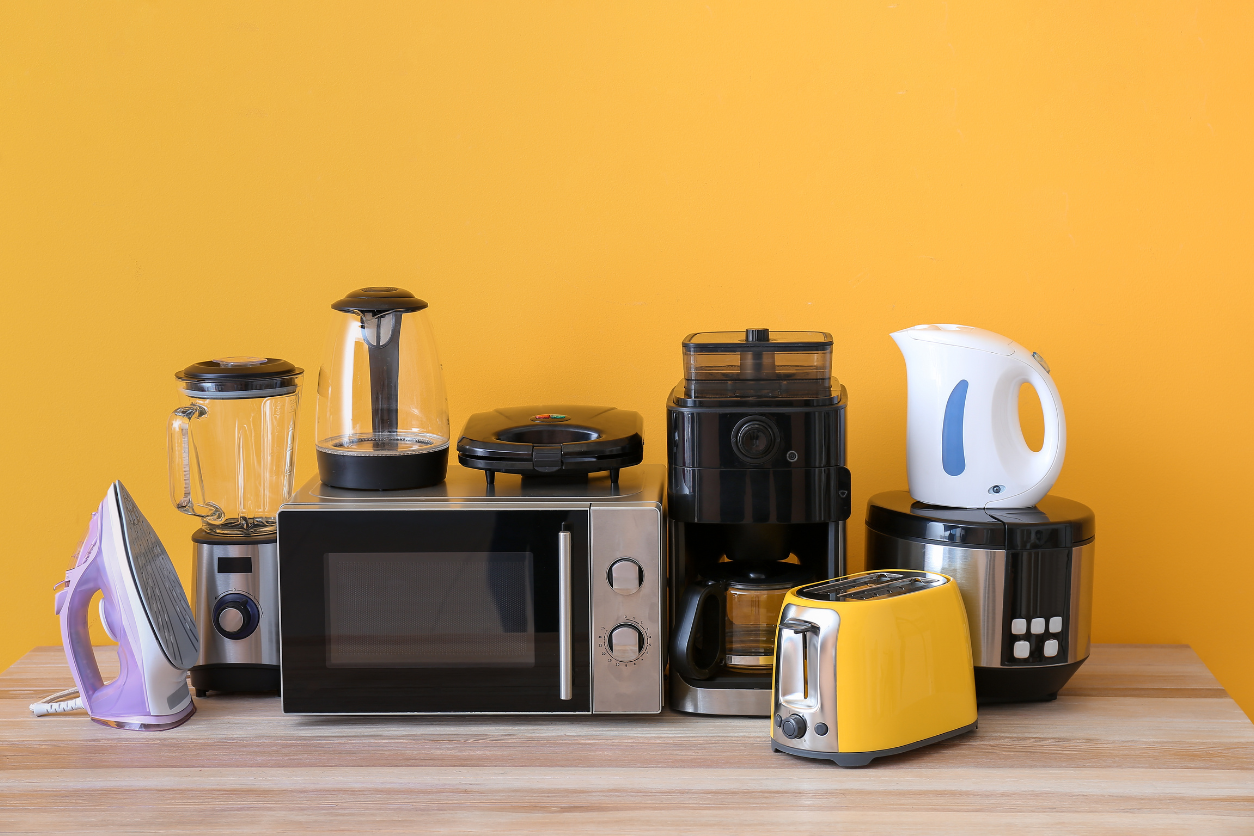Low Voltage vs High Voltage Appliances: How Does Voltage Affect Usage?

In our daily lives, we depend on an array of electrical appliances to enhance efficiency and enjoyment. These devices, such as smartphones, laptops, kitchen appliances, and power tools, vary in voltage ratings. Understanding the distinctions between low and high-voltage appliances is vital for safe and efficient usage. In this blog, we delve into the concepts of low and high voltage, their impact on appliance usage, and precautions to consider when dealing with devices of different voltage levels. Mastering this knowledge will empower you to use electrical appliances responsibly and effectively in your daily routines.
Defining Voltage
Voltage, measured in volts (V), is a fundamental electrical property that represents the electric potential difference between two points in an electrical circuit. It determines the force with which electrical charges flow through the circuit. For household electricity, the standard voltage in most countries is typically 110-120 volts or 220-240 volts, depending on the electrical system in place.
Low-Voltage Appliances
Low-voltage appliances are designed to operate at voltages below the standard household voltage. These devices usually run at 12 volts or 24 volts and are commonly found in applications where safety, energy efficiency, and portability are essential.
Examples of Low-Voltage Appliances
Low-voltage appliances cover a wide range of devices, including LED light fixtures used for accent lighting or outdoor landscapes, smartphones, laptops, and battery-powered devices like cordless phones and remote controls. LED lights operate on low-voltage power supplies, while smartphones and laptops have internal components designed to work on low voltages but are powered by standard household voltage through adapters. Battery-powered devices like cordless phones and power tools also run on batteries that provide low voltages. The advantages of low voltage appliances are evident in their safety, as they pose a lower electric shock hazard, making them safer for human touch. Additionally, low-voltage devices are more energy-efficient due to reduced power consumption, and they are easier to install with less complex wiring requirements.
High-Voltage Appliances
High-voltage appliances demand voltages higher than the standard household voltage to function effectively. They are prevalent in applications requiring increased power and performance. Examples include electric ovens and stoves, which need high voltages to generate the necessary heat for cooking. Additionally, HVAC systems like air conditioners and electric heaters operate at higher voltages to ensure efficient temperature control. Furthermore, heavy-duty power tools and industrial machinery rely on higher voltages to deliver the necessary power for their operations. These high-voltage appliances cater to tasks that necessitate superior performance, making them essential in various industrial and domestic settings.
Advantages of High-Voltage Appliances
High voltage appliances excel in power and performance, benefiting from the increased electric potential difference, rendering them ideal for demanding tasks. Notably, appliances like electric ovens and air conditioners achieve desired temperatures faster and more efficiently with higher voltages. However, when handling low and high-voltage appliances, voltage conversion and compatibility are crucial considerations.
Certain appliances may necessitate voltage converters or transformers to suit the local electrical system’s voltage, ensuring safe and seamless operation. With proper attention to voltage management, high-voltage appliances offer superior efficiency and effectiveness, elevating their utility in various applications.
Safety Precautions
When using low and high-voltage appliances, safety should always be a top priority. Here are some important precautions to consider. Always follow the manufacturer’s guidelines and specifications for voltage and power requirements. Ensure that you use the correct outlets and plugs that match the voltage requirements of your appliances. When traveling to a country with a different electrical system, you may need a voltage converter or adapter to use your low-voltage devices. Appliances imported from countries with different voltage standards may require voltage conversion to operate safely in your local electrical system. High-voltage appliances can draw significant amounts of power, so avoid overloading circuits and use appropriate circuit breakers. When performing maintenance or cleaning on any electrical appliance, always unplug it from the power source to prevent accidents. Use high-quality power cables and avoid using damaged or frayed cables that can pose electrical hazards.
In Conclusion
Understanding the difference between low-voltage and high-voltage appliances is essential for the safe and efficient usage of electrical devices. Low-voltage appliances are often safer, more energy-efficient, and easier to install, while high-voltage appliances offer greater power and performance for demanding tasks. Always follow the manufacturer’s guidelines and consider voltage compatibility when using appliances in different electrical systems. By taking proper safety precautions, you can enjoy the benefits of both low and high-voltage appliances and make the most of modern electrical technology in your daily life.
Your Trust, Our Core Commitment
At Rising Tech, earning and maintaining your trust is the cornerstone of our mission. We're dedicated to transparency, impartiality, and the relentless pursuit of truth in every article, review, and recommendation we publish. Our commitment to these principles ensures that you, our valued reader, are always equipped with reliable and unbiased information. Let us be your trusted guide in the ever-evolving world of technology.